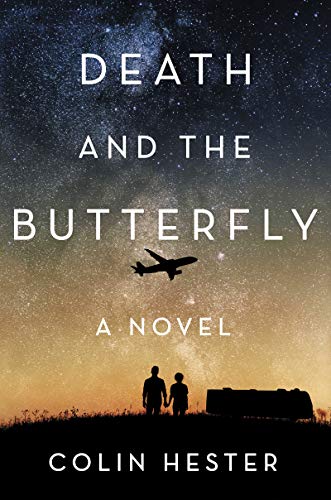Death and the Butterfly
Starting in 1940 and moving to the early years of the present century, this novel follows a disparate group of people connected by death and by poetry. We meet Susan McEwan in London and her older brother Phillip who is killed in the Second World War. In Toronto we meet Alexander Polo and his wife, Julie, mourning the loss of their baby girl, Shoshanna. Further west we meet Jack Riordan seeking comfort after the death of his wife, Bea. All of them, including Phillip’s friend Nial in Scotland, confront death and loss in different ways and at different times.
Hester takes us to a wide variety of settings, from London in the blitz to Toronto, Vancouver, California, and the northern plains of the United States. Each location is described in depth, each finely observed detail outlined with the clarity of the poet.
The novel covers not only a wide swath of geography but also several decades, not always presented in chronological sequence. Also, slightly distracting to the reader, King George Vl appears briefly along with his secretary, his two daughters, and Winston Churchill.
Nineteen poems conclude the novel, giving a clue perhaps to the writer as more poet than an author. While his description of place is detailed in long paragraphs his limning of character is somewhat threadbare. As an extended metaphor ‘death and the butterfly’ (taken from a Japanese poem) remains ephemeral.










